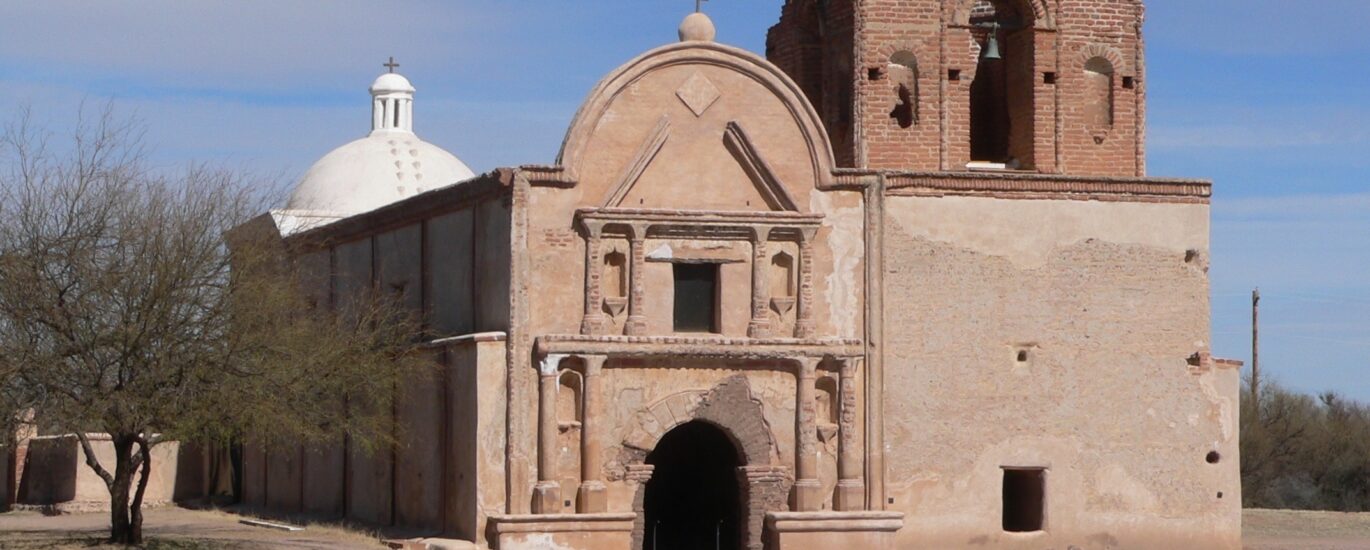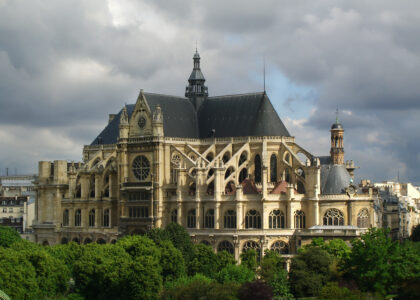Welcome to the Tumacácori Museum, a gateway into the rich tapestry of history that defines the American Southwest. Nestled in the Santa Cruz Valley of Southern Arizona, Tumacácori National Historical Park protects the remnants of three Spanish missions founded during the colonial era.
Established by Jesuit Father Eusebio Francisco Kino in 1691, the Mission San Cayetano de Tumacácori was the first of its kind in what is now Arizona. Originally located on the eastern bank of the Santa Cruz River, it was relocated to the western side following the Pima Rebellion of 1751, where it was renamed San José de Tumacácori. This change not only marked a shift in location but also in the administrative hands, as Franciscan missionaries took over in the late 18th century.
Major historical events unfolded here, like the construction of the larger mission church starting around 1800. Although never fully completed, the church began to serve the community by the early 1820s, standing today as a testament to the enduring spirit of its builders and the community they served.
Notable figures associated with Tumacácori include Father Kino himself, a pioneering missionary whose efforts laid the groundwork for European settlement in the region. His legacy is evident not only in the missions he established but in the cultural and agricultural practices he introduced, such as the Kino Heritage Fruit Trees Project, which seeks to revive the orchards he once planted.
The missions played a crucial role in the broader historical context of Spanish colonial expansion, serving as centers of religious conversion, education, and agriculture. They were pivotal in the cultural exchange between the Spanish and the native O’odham people, who lived in the area and contributed to the mission’s agricultural success through their knowledge of flood irrigation techniques.
Today, visitors to the Tumacácori Museum can explore not only the beautifully preserved ruins of the mission church but also the museum housed in a 1937 Mission Revival style building. The museum offers a glimpse into the past with life-sized models of mission priests and original wooden santos that once graced the church.
Tumacácori’s story is one of adaptation and resilience, surviving abandonment in 1848 and later being protected as a National Monument by President Theodore Roosevelt in 1908. It was designated a National Historical Park in 1990, ensuring its preservation for future generations to explore and learn from.




